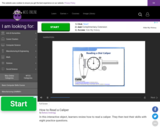
In this interactive object, learners review how to read a caliper. They then test their skills with eight practice questions.
- Subject:
- Mathematics
- Measurement
- Date Added:
- 10/15/2010

In this interactive object, learners review how to read a caliper. They then test their skills with eight practice questions.
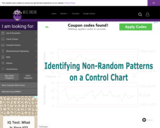
Learners view several patterns on an Xbar and R control chart. These non-random patterns are indications that the process is not in a state of statistical control.
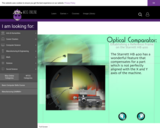
In this interactive learning object, learners read how to compensate for a part not mounted perfectly parallel to the machine axis.

Students review the functions of the keys on the Starrett HB400 Optical Comparator controller.
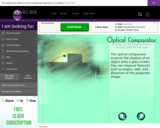
Students read how to set up the optical comparator edge detector in this interactive learning object.
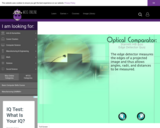
The learner tests his/her ability to set up the optical comparator edge detector using a virtual simulation of the machine.
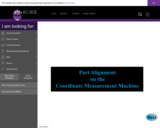
In this animated object, learners examine how to align a part on the 1808 CMM.
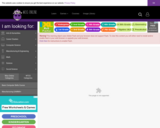
After a brief review, the student solves five practical shop problems using right angle trigonometry.
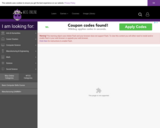
Students read descriptions of military standards, ANSI, ISO, calibration system standards and audit system reference standards. These topics would be important for the CQT (certified quality technician).
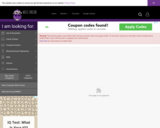
Students calculate percentages and cumulative percentages and answer questions related to sample Pareto charts.
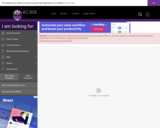
Students test their skill at reading indicators.

Students take a 13-question quiz to practice reading 25- and 50-division Vernier height gages.
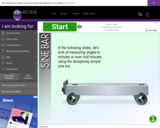
In this animated activity, students study how a sine bar is used to measure angles.
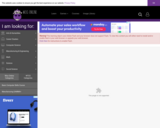
Students test their knowledge by working sine bar problems.
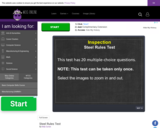
Learners test their knowledge of the different types of steel rules as well as how to use and read them correctly.
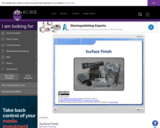
Learners review surface finish basics and read how to calculate the roughness average.
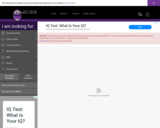
Students take a quiz to test their knowledge of surface finish.

The learner examines the four different ways that a caliber can be used to measure dimensions and distances.

Learners review guidelines for the proper use of a dial caliper. Illustrations appear throughout the learning object.
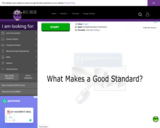
Students review the historical progression of standards to learn what makes a good standard.